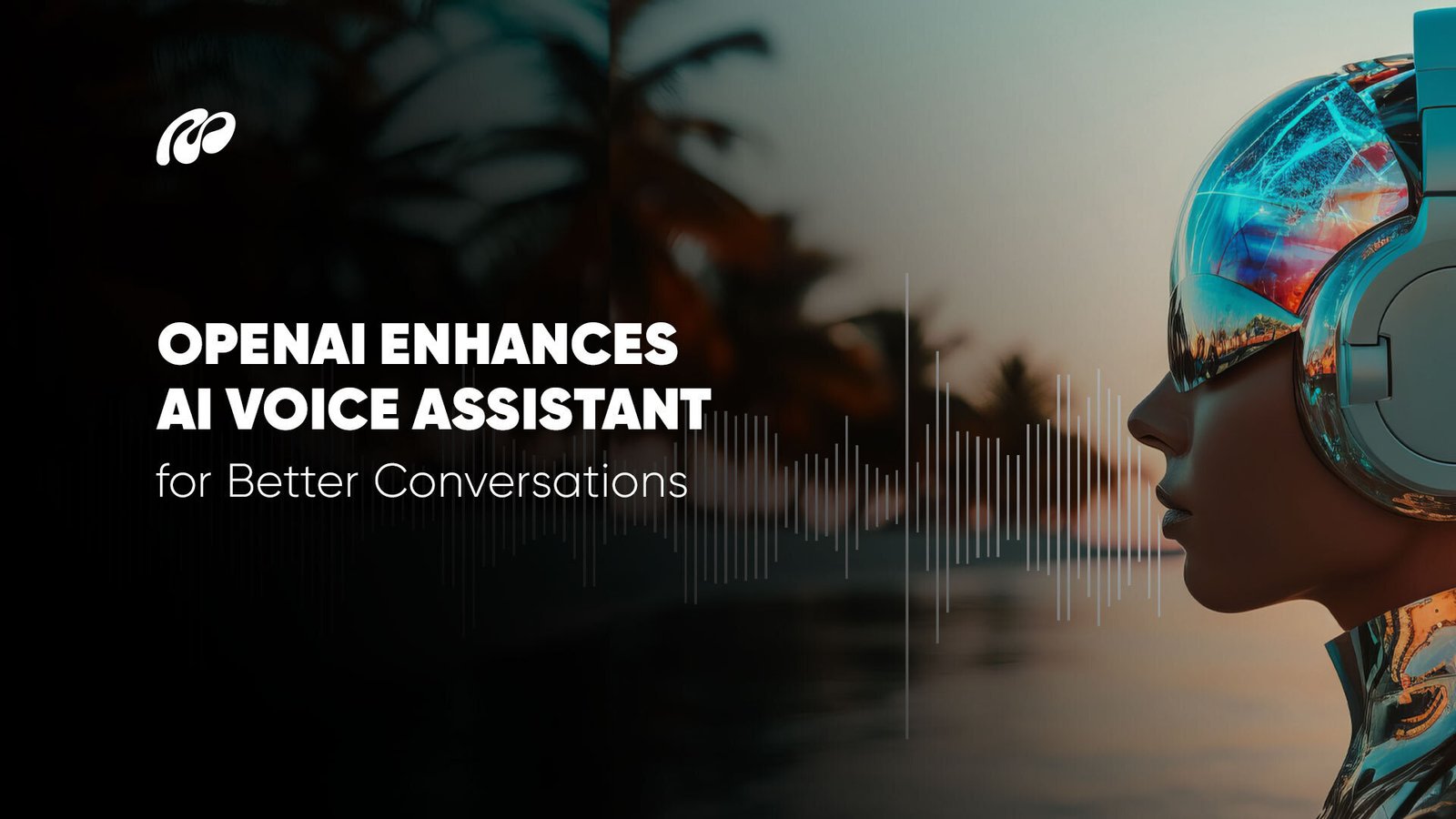Summary
- With its latest update, OpenAI is positioning ChatGPT not just as a text-based assistant, but as a fully interactive voice companion.
- The refined voice AI features make conversations feel more authentic and allow users to engage with OpenAI chat technology in a way that mirrors human dialogue.
- As OpenAI continues to lead in conversational AI, these upgrades reflect a broader movement toward creating AI that doesn’t just answer questions but truly understands context, emotion, and intent.
- The shift from simple voice commands to full conversations marks a new era in AI chat development.
- The implications of this are vast, impacting customer support, accessibility tools, personal productivity assistants, and more.
- Tech news outlets have already begun discussing how this upgrade signifies OpenAI’s response to growing competition in the AI assistant market, particularly among platforms integrating AI ChatGPT tools with voice interfaces.
In a significant step forward for conversational AI, OpenAI has upgraded its voice assistant capabilities, making its interactions feel more natural, fluid, and human-like. The new advancements, announced this week, are part of OpenAI’s ongoing commitment to building responsive, emotionally aware AI that can engage in real-time conversations with users. This latest development in voice AI marks a strategic evolution in how users interact with digital assistants, particularly through ChatGPT and other AI-powered voice applications.
As reported by TechCrunch, the upgrades focus on refining the voice assistant’s ability to listen, respond, and hold coherent conversations with improved timing, context retention, and vocal expression. These changes further blur the line between talking to a machine and having a natural conversation, reflecting OpenAI’s broader mission to elevate the intelligence and usability of its assistant models.
How to use ChatGPT Advanced Voice Mode
The improved voice assistant is available through ChatGPT’s mobile apps for iOS and Android under the “Advanced Voice Mode,” initially offered to pro users. This new feature allows users to engage in real-time spoken conversations with ChatGPT AI, leveraging enhanced voice synthesis and improved response times. By pressing and holding the microphone button, users can initiate a seamless conversation that feels more like speaking to a knowledgeable companion than interacting with a scripted assistant.
The technology behind this experience involves advanced voice.ai systems trained to detect subtle human cues, respond with appropriate tone, and adjust speech patterns for clarity. It’s a significant leap from previous generations of talking AI, where rigid turn-taking and robotic intonation were the norm. OpenAI’s integration of expressive AI voices into ChatGPT demonstrates how rapidly the field is evolving and how these updates reshape the future of AI chat interactions.
These changes are part of the broader developments in OpenAI’s ecosystem, where natural language processing and real-time AI interaction continue to converge. Developers and AI enthusiasts following the progression of chat AI capabilities will recognize how the latest voice model fits within a lineage of improvements explored in comparisons such as the one at Mattrics between ChatGPT-4 and ChatGPT-3.5. That analysis emphasized the expanding depth and realism of AI-generated responses across different versions of OpenAI chat models.
The underlying ambition behind these enhancements is the same one that drives innovation across AI platforms, delivering smarter, more human-like interactions. Mattrics continues to cover these developments, offering regular insights into how models evolve, including their take on ethical AI detection in GPTZero and broader coverage available in their AI news section. As OpenAI redefines what voice assistants can do, one thing is clear: the conversation around AI is just getting started.




